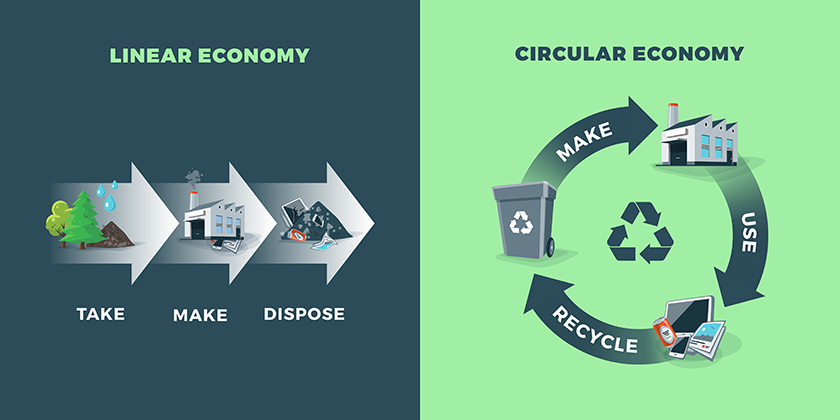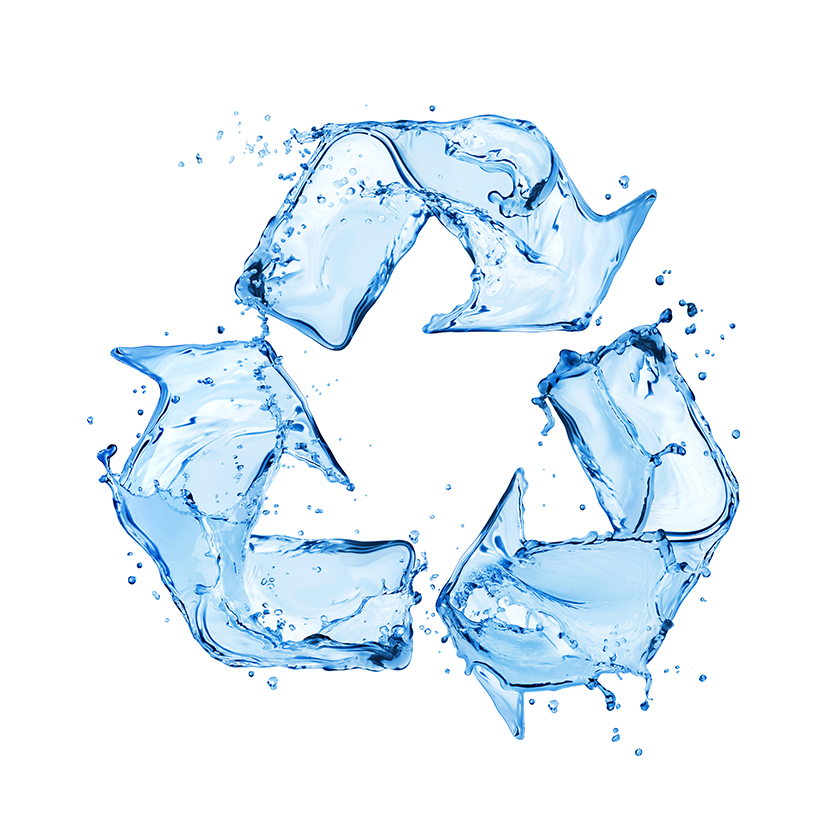Select Your Country/Region
Current Region:
 Global (EN)
Global (EN)
Choose a different country or region to see the content specific to your location
Wastewater is a resource that can be used to optimise many applications and reduce our consumption of potable water:
Irrigation, cleaning the roadway and pavements, soil conditioning, watering green spaces and recharging groundwater and rivers.
It can also be used to recharge drinking water resources. However, the way in which this wastewater is used needs to be studied in order to protect human health.
Humans cannot consume more freshwater than the planet can produce.
The linear economy has shown how our use of freshwater affects biodiversity and is responsible for climate change. We now need to rethink our production methods to protect available resources by limiting the amount of waste we produce.
We therefore need to rethink the way we produce water, based on the principle of the circular economy, which will enable us to be more efficient and have less impact on the environment.
Today, much of the water we consume comes from non-renewable sources and, once used, is returned to waterways in a contaminated state. We rely on over-exploited groundwater for our agricultural, livestock and industrial production systems.
Producing better means recovering wastewater from treatment plant outlets, recycling it and optimising its quality to renew this valuable resource and avoid shortages.

When we use the term RTWW, we are also talking about the use of Treated Non-Conventional Water (NCW). This is water that has not been extracted from a natural source and has been treated.
E.g. Treated Wastewater (TWW), Rainwater (RW), Grey Water (GW) and Water from municipal and/or industrial wastewater treatment plants (RTWW).
RTWW consists of a filtration stage followed by a disinfection stage. The aim of this multi-stage treatment process is to eliminate microorganisms that are harmful to humans and the environment, in order to ensure water quality and limit health risks. To be effective, it consists of a membrane filtration treatment, ultraviolet (UV) disinfection and/or chemical disinfection.
The reuse of treated wastewater and rainwater is governed by a regulatory framework that sets out the applicable health and technical requirements. The Water Plan, presented on 30 March 2023 by the French President and his Minister for Ecological Transition, includes as one of its objectives the development of 1,000 projects for the reuse of non-conventional water across the country by 2027.
The French Decree No. 2022-336 of 10 March 2022 on the uses and conditions for the reuse of treated wastewater, issued in application of Article L. 211-9 of the French Environmental Code, establishes an authorisation system to allow new uses for treated wastewater, in addition to those already covered by specific regulations.
By 2027, wastewater recycling is expected to increase the amount of water reused across the county.

Installed in bypass on the water pipe to be recycled, the Dosatron water line dosing pumps, which have been awarded the “Solar Impulse” label, operate using the water supply as their sole source of energy. Our water-powered dosing pumps operate without the need for electricity and contribute to achieving Sustainable Development Goals (SDG6).
The pressure and water flow drives the motor piston, which is directly connected to the dosing piston. Liquid chlorine and other disinfection chemicals are proportionally dosed and continuously injected according to the selected injection ratio.
This technology allows for low start-up costs when setting up your water reuse system, and is easy to install, operate and maintain.
In our water-powered dosing pumps, the dose of additive is injected in proportion to the volume of water passing through the pump, regardless of variations in flow rate and supply pressure. Unlike a diaphragm or peristaltic pump, it is self-priming up to 4 metres. It is even capable of degassing chemicals without the need for additives. Our dosing pumps also guarantee consistent dilution.
Applications:
